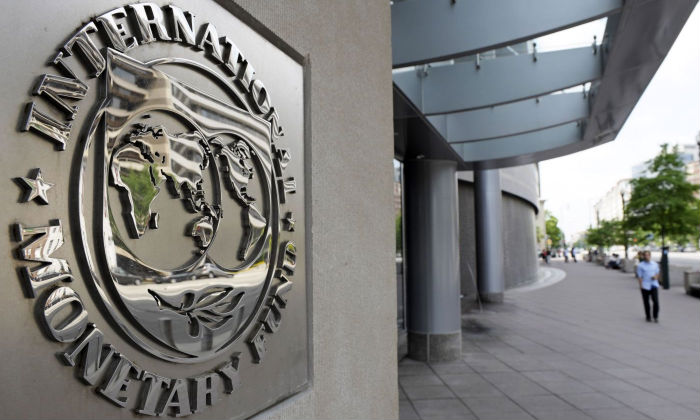IMF lowers Gulf growth forecast
The region will grow at its slowest pace since 2009, according to the organisation

The IMF has encouraged the Gulf Cooperation Council countries to increase the pace of their reform efforts after projecting the worst growth in the region for years.
The organisation lowered its 2017 growth forecast from 0.9 per cent in May to 0.5 per cent at the end of October and decreased its 2018 growth forecast from 2.5 per cent to 2.2 per cent.
The projection for this year is the worst since the 0.3 per cent growth rate seen in 2009 and comes in part due to an oil production cut being adhered to by OPEC members Qatar, Kuwait, the UAE and Saudi Arabia.
The IMF said budget deficits from oil exporters in the Middle East and North Africa were expected to half this year after increasing from 1.1 per cent of GDP in 2014 to 10.6 per cent in 2016.
“But since oil prices are expected to remain in the range of $50-60 a barrel, oil exporters will need to sustain—and in some cases intensify—their budget deficit-reduction efforts.”
Read: IMF lowers 2017, 2018 UAE growth forecasts
Overall growth across oil exporters in MENA, Afghanistan and Pakistan will hit 1.7 per cent this year, the organisation said. Non-oil growth will reach 2.6 per cent as budget deficit reduction slows.
Saudi Arabia was particularly highlighted for its deficit reduction measures, which have seen its breakeven oil price drop to $70 a barrel from $96.60 last year, according to Bloomberg.
Read: IMF lowers Saudi growth forecast to “close to zero”
The IMF expects oil to remain at $50-$60 a barrel in the medium term, a range that will still see the likes of Iran, Iraq, Kuwait and Qatar easily breakeven next year, according to its estimates.
Bahrain and Oman have the highest breakeven prices in the region, followed by Saudi and the UAE, and will require longer to balance the books.
